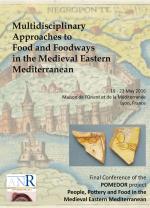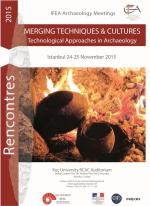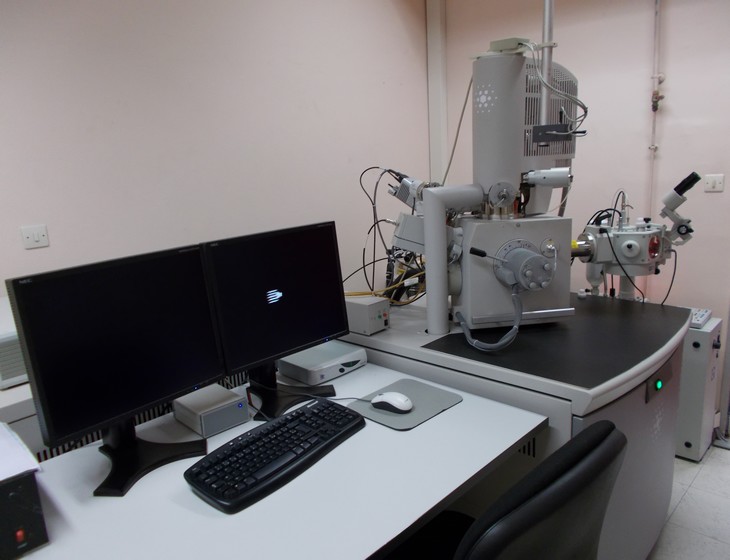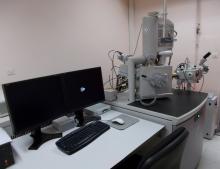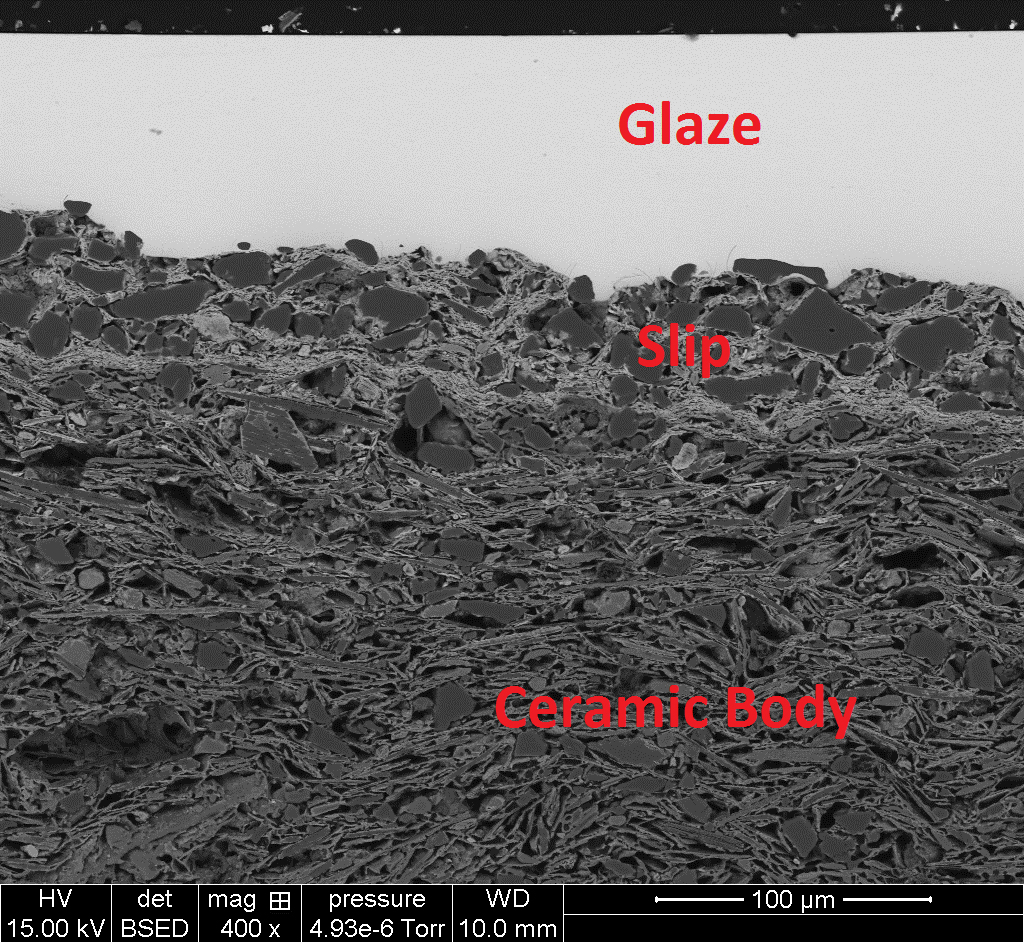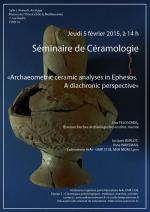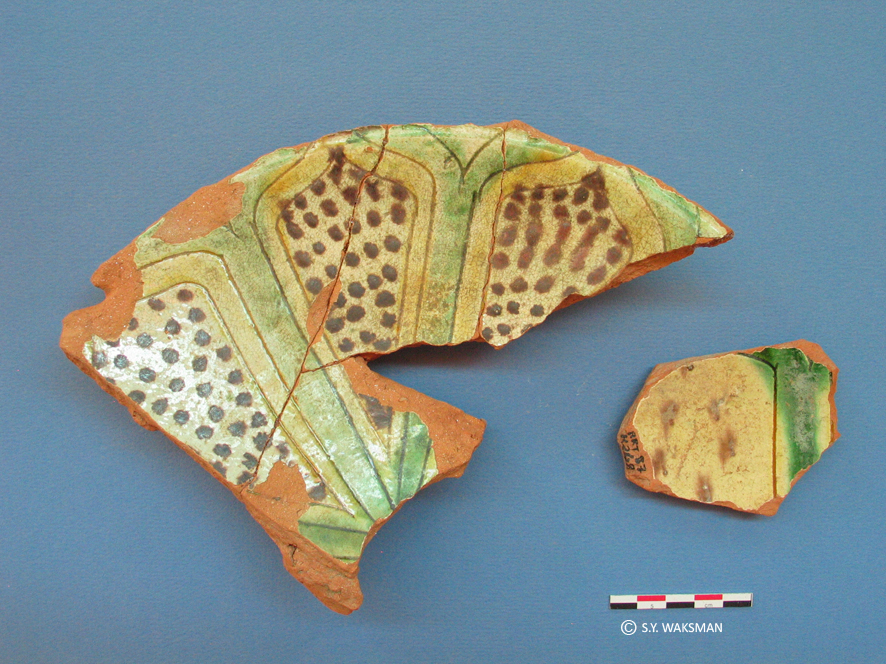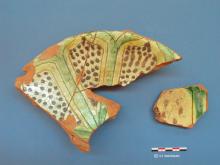XI. Congress AIECM3 On Medieval and Modern Period Mediterranean Ceramics Proceedings
The proceedings of the Antalya AIECM3 conference came out, a beautiful publication!
It includes several papers written by members of the POMEDOR network (underlined in the table of contents).



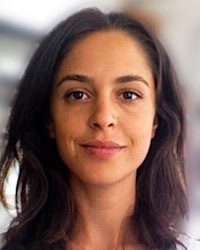
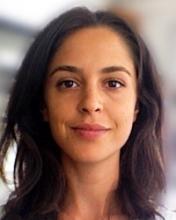
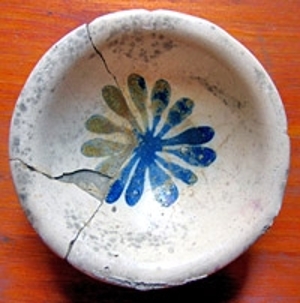 Although the medieval ceramic corpus of the Gözlükule project was found in the 1930s, it was only published in a brief article in the 1940s. This PhD research aims to present and assess the medieval pottery assemblage recovered on the mound of
Although the medieval ceramic corpus of the Gözlükule project was found in the 1930s, it was only published in a brief article in the 1940s. This PhD research aims to present and assess the medieval pottery assemblage recovered on the mound of 